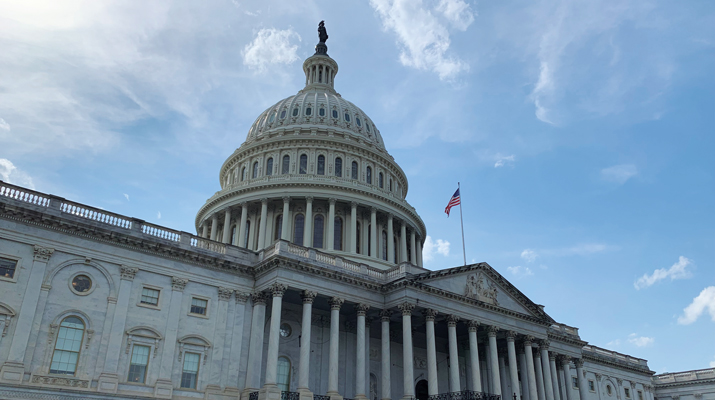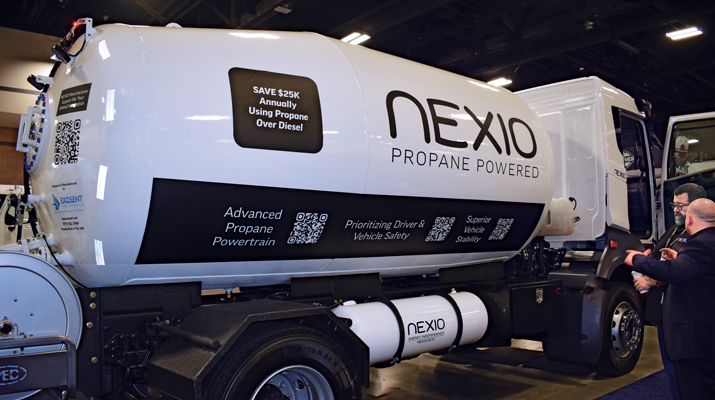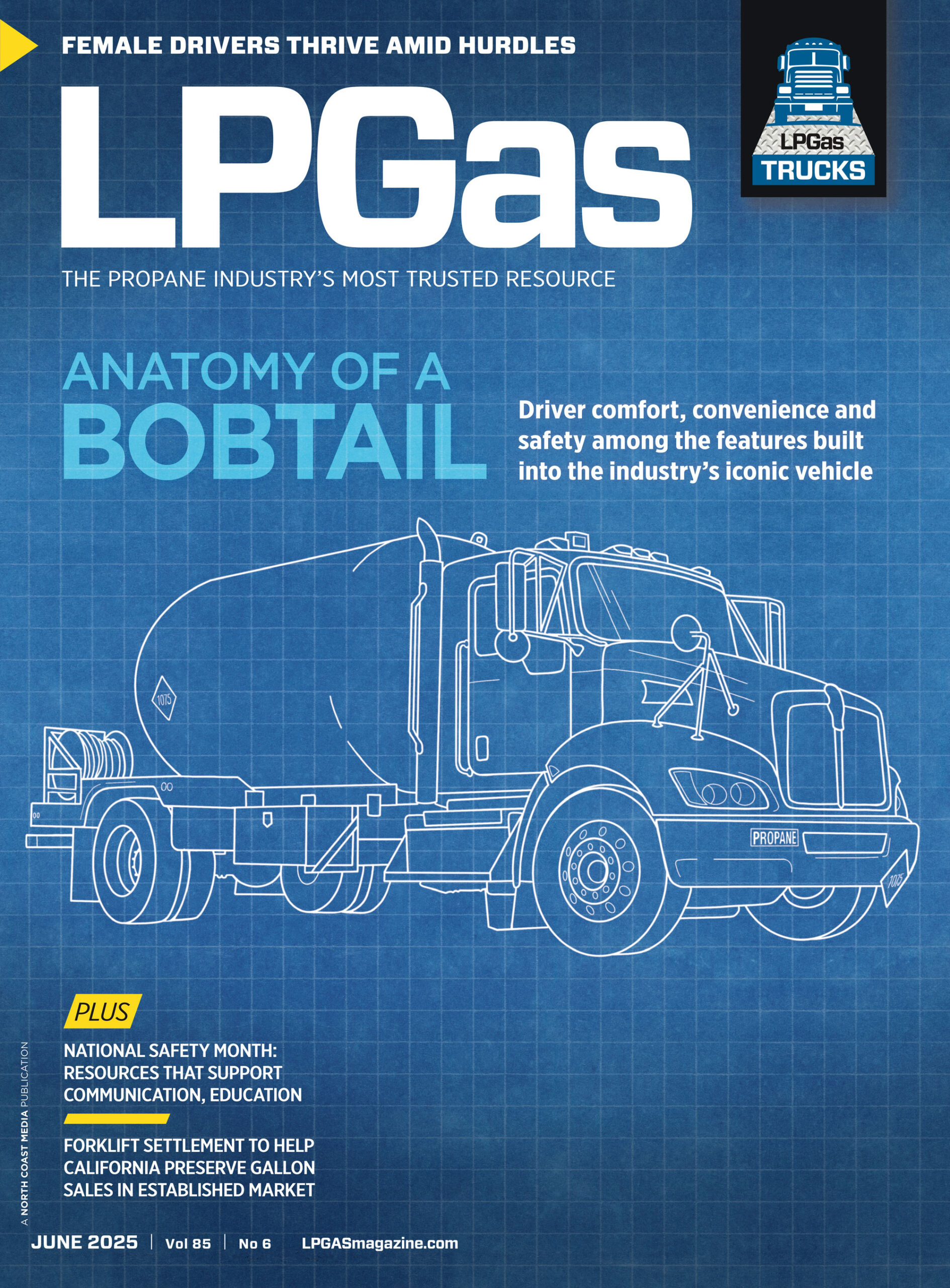Enterprise eyes Permian growth projects, pipeline conversion
Enterprise Products Partners LP is highlighting four new capital projects that it says will support continuing production growth in the Permian Basin. The partnership also has begun initial steps to return the Seminole Pipeline, which has a capacity of 210,000 barrels per day (bpd) of crude oil, to natural gas liquid (NGL) transportation service in December.
The four projects include two natural gas processing plants, the Bahia NGL pipeline, NGL fractionator 14 and an associated deisobutanizer (DIB) at Enterprise’s Chambers County, Texas, complex. Each of the projects is expected to begin service during 2025.
“The organic investments we are announcing today are necessary to facilitate the next phase of Permian production growth and will also complement our expansions of downstream pipelines and marine terminals to deliver energy products to growing domestic and international markets,” says A.J. “Jim” Teague, co-CEO of Enterprise’s general partner. “These projects bring our total portfolio of facilities under construction to $6.8 billion. These attractive investments are core to our NGL franchise and provide further visibility to increasing cash flow per unit, which will support future distribution growth and returns of capital to investors.”
Enterprise believes crude oil, natural gas and NGL production in the Permian Basin will continue to grow throughout the decade. Consistent with certain industry forecasts and current production trends, Enterprise’s fundamentals group forecasts crude oil production in the Permian Basin is on track to increase by over 700,000 bpd in 2023 and to grow by about 1.5 million bpd for the three-year period ending 2025.
Post 2025, the company expects crude oil production from the basin to increase by up to another 15 percent, or greater than 1 million bpd, reaching more than 7.5 million bpd by the end of 2030. The partnership also believes NGL production from the basin is on track to increase more than 200,000 bpd in 2023 and grow by 700,000 bpd for the three-year period ending 2025. From 2025 to 2030, Enterprise believes NGL production from the Permian could grow by more than 500,000 bpd to nearly 4 million bpd by the end of 2030.
“U.S. producers and oilfield service companies continue to push the frontiers of efficiency and profitability through even longer laterals, advances in precision and cube drilling, and continually improving drilling and completion techniques,” Teague says. “In addition, several producers are actively researching and testing technologies that they believe could increase their recoveries by up to 50 percent over time. Even if only partially successful, this is going to be a game-changer and will further strengthen U.S. energy security and dominance. As a midstream energy company, we are seeing the results of these efficiencies and enhancements at the wellhead, both in terms of speed to production and higher production.”
Enterprise has started construction on the Mentone 4 natural gas plant serving the Delaware Basin. Mentone 4 will have the capacity to process over 300 million cu. ft. per day (MMcf/d) of natural gas to extract more than 40,000 bpd of NGLs. The plant is expected to begin service in the second half of 2025. Construction of Mentone 2, which also has the capacity to process more than 300 MMcf/d of natural gas, was completed earlier this month and has begun operations. The previously announced Mentone 3 natural gas processing plant, which also has the capacity to process over 300 MMcf/d, is currently under construction and scheduled to begin service in the first quarter of 2024. Upon the completion of Mentone 3 and Mentone 4, Enterprise will have about 2.5 billion cu. ft. per day (Bcf/d) of natural gas processing capacity in the Delaware Basin capable of extracting more than 330,000 bpd of NGLs.
Enterprise has also commenced construction on the Orion natural gas processing plant, the partnership’s eighth plant in the Midland Basin. Orion will have the capacity to process over 300 MMcf/d of natural gas to extract more than 40,000 bpd of NGLs. This plant is expected to be in service in the second half of 2025. Construction of the previously announced Leonidas natural gas processing plant, which also has the capacity to process more than 300 MMcf/d of natural gas, is proceeding on schedule and is expected to begin service in the first quarter of 2024. The plants in the Delaware and Midland basins are supported by long-term producer dedications and minimum volume commitments. Upon the completion of the Leonidas and Orion plants, Enterprise will have 1.9 Bcf/d of natural gas processing capacity in the Midland Basin capable of extracting more than 270,000 bpd of NGLs.
Based on expected NGL production growth, along with the NGL production from the Rockies and San Juan Basin, Enterprise says, the partial looping of the Shin Oak Pipeline would not have provided sufficient capacity and would have resulted in higher long-term energy and operating costs. Instead, the company will build the Bahia NGL pipeline, a 550-mile pipeline with the capacity to transport up to 600,000 bpd of NGLs originating from the Delaware and Midland basins to Enterprise’s fractionation complex in Chambers County. The pipeline will consist of a 24-in. diameter segment from the Delaware Basin where it will connect to a 30-in. diameter segment from the Midland Basin to Chambers County. This pipeline, which is currently expected to be wholly owned by Enterprise, is projected to begin service in the first half of 2025.
To provide incremental NGL transportation service until construction of the Bahia Pipeline is completed, Enterprise has begun preparations to convert the Seminole Red Pipeline from crude oil service back to NGL service in December 2023. The pipeline has been in crude oil transportation service since the second quarter of 2019 and was known as Enterprise’s Midland-to-ECHO 2 crude oil pipeline. Prior to 2019, the Seminole Red Pipeline was in NGL service.
The final Permian growth project is Enterprise’s NGL fractionator 14 in Chambers County. This plant will have the capacity to fractionate up to 195,000 bpd of NGLs, and the new associated DIB unit will have the capability to separate up to 100,000 bpd of butanes. Construction is scheduled to be completed during the second half of 2025.
















